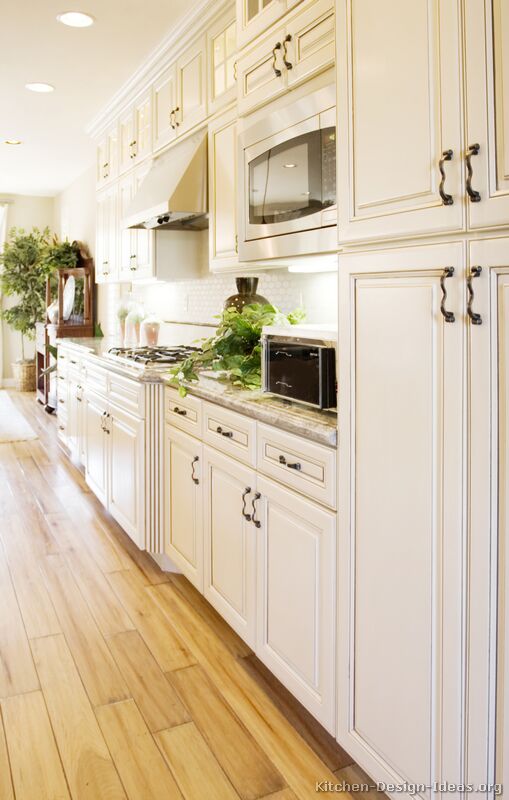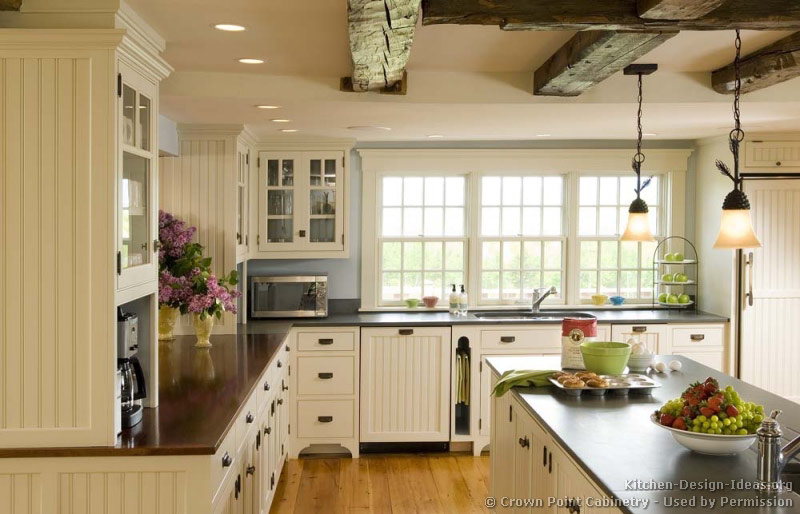While most of the design was easy to decide, we have been struggling picking flooring. A few months back when we installed the window and put the drywall up I had ordered some easy to install stick on premium vinyl tiles, but as soon as I made the purchase online my stomach tied in knots and I began sweating profusely. This nauseated feeling stuck with me through the night as I tossed and turned. For both my conscience and my home's well-being, a fast, convenient, inexpensive and potentially harmful (for our home's air quality and the environment) fix was just not as important as using more eco-friendly options.
After a bit of research for what would work for our cold floors and lifestyle, cork flooring seemed like the right choice. Why cork? Well, aside from the fact that it is warmer than most flooring surfaces it is also eco-friendly and safe.
As a natural product, cork’s advantages over its competition are amazingly varied. The tree is not felled but peeled for its product. This means the cork tree does not need to be replanted for as many as three human generations. This ensures that cork springs to the top of the “Renewable Resources” list. The cork bark grows back within 10 years which places it at the top of the “Regenerative Resources” list (it’s a short list). Humans need do nothing more than show up with the right tools to the same tree every 10 years and they have produced a product. Five hundred kilograms worth of raw material is produced without human interaction with the trees.The amazingly helpful folks over at i-Cork sent us a few samples of their Forna floating floor options as well as a sample of the glue down cork tiles. Since our house is old and nothing is level the cork tiles were out - the tiles require a very level subfloor to ensure proper adhesion and a long-lasting look.
We quickly narrowed the choice down to two. A dark option, Black Beach, which is a rich espresso hue and a lighter option, Salami, which has a more organic look with browns, oranges, ambers and hints of peach marbled together.
Both go well with the counter tops, as each pull a different tone from the granite tiles - theBlack Beach pulls the dark brown tones and the Salami pulls the orangey-red tones.
I was leaning towards the darker option and the hubs preferred the lighter, so I pulled up some inspiration photos so we could get a better idea of what each would look like.
First up: Dark Floors with White Cabinets
And here's some lighter floor inspiration photos:
And this kitchen, by Young House Love, shows the beauty of the dark cork flooring with the white cabinetry.
After going back and forth between the darker and lighter options, because let's face it - both are absolutely gorgeous - we ended up choosing the dark. The darker floors will make the space feel warmer and there will be a beautiful contrast between the white cabinets and the espresso colored floor. Plus, the espresso is such a rich neutral that will go with anything.
Now our next dilemma is: should we put down the cork flooring throughout the kitchen and mudroom or just in the mudroom? The current laminate wood flooring in the kitchen is coming up - the color is all wrong and it has definitely seen better days, but there seems to be old wood floors underneath - covered by old linoleum, of course. We have no idea what shape the floors are in, which makes me lean towards cork. Plus, the cleanup, which may require asbestos removal, seems like an enormous and scary task. But, by cleaning and refinishing the wood floors, we'd be using what we already have which will save us money and bring the old floors back to life.
So what about you guys? Would you choose to clean, remove the old linoleum and refinish the wood floors or would you just save yourself the extra work and install the cork flooring? Have any experience with asbestos removal? I'm a little terrified of that possibility.













Coming from a historic preservation angle I'm always all for preserving any original feature your house has. We did the same in the kitchen of our 99 year old house: we removed the Linoleum and refinished the original heart pine floors underneath using a dark stain and, boy, did they turn out ever so beautifully! Just remember that a dark floor is less forgiving when it comes to dust, crumbs, dog hair, etc :)
ReplyDelete